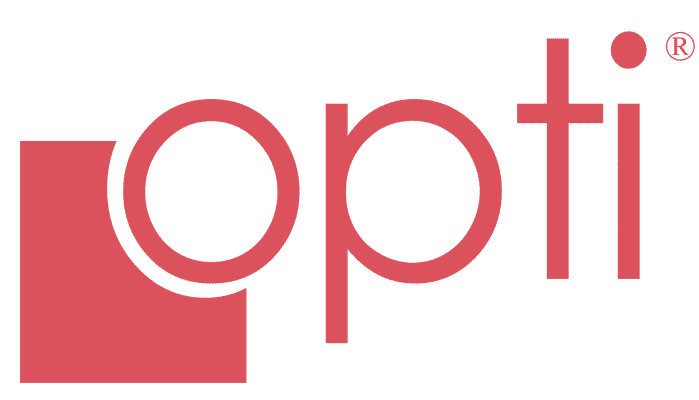Employee handbooks can be an important reference guide to orient new employees to a company and for other employees as well. A good handbook will cover a broad range of topics – discrimination and sexual harassment, disciplinary policies, and a range of other policies and procedures regarding the operation of the company.
Discrimination and sexual harassment policies
The company needs to state emphatically that any kind of discrimination or sexual harassment is strictly prohibited. This section explains the course of action a person should take if they believe they have been discriminated against or harassed and how the company handles such complaints.
Disciplinary Policies
Here, the company will explain what it considers improper behavior by employees and the consequences.
General Policies and Procedures
This is the major part of the handbook. Here are some of the guidelines that should be included in this section:
1. Introduction: A brief overview of the company and its purpose, mission, and values.
2. Employee Benefits: Details about health insurance, vacation time, sick leave, and other benefits offered to employees.
3. Code of Conduct: A description of the company’s ethical and behavioral expectations for employees, including guidelines on conflicts of interest, harassment, and workplace safety.
4. Work Hours and Scheduling: Information about work hours, overtime, and schedules, including how requests for time off are processed.
5. Attendance and Punctuality: Expectations for attendance and punctuality, including procedures for reporting absences and tardiness.
6. Dress Code: A description of the company’s dress code, including any requirements for special attire or uniforms.
7. Technology Use: Guidelines for the use of company-owned technology, such as computers, phones, and email, and restrictions on personal use.
8. Confidentiality: A description of the company’s expectations for maintaining confidentiality, including information about intellectual property and trade secrets.
9. Performance Evaluations: Details about the company’s performance evaluation process, including how performance is measured, how feedback is provided, and how promotions and salary increases are determined.
10. Grievance Procedure: Information about the process for addressing grievances, including how employees can report concerns and how complaints are investigated and resolved.
11. Termination: Details about the circumstances under which employment may be terminated, including procedures for termination and severance pay.
12. Equal Opportunity: A statement of the company’s commitment to equal opportunity and non-discrimination, including information about rights protected by law.
It is important to keep the employee handbook concise and easy to understand, while also covering all necessary information. Regular updates should be made to reflect changes in company policies, procedures, and legal requirements.
If you are looking for quality workers, check with Opti Staffing. We are one of the best staffing agencies in the region. We have a temp agency in Tacoma, a temp agency in Vancouver, Washington, a staffing agency in Portland, a staffing agency in Salem, Oregon, and a temp agency in Seattle. Give us a call today.
